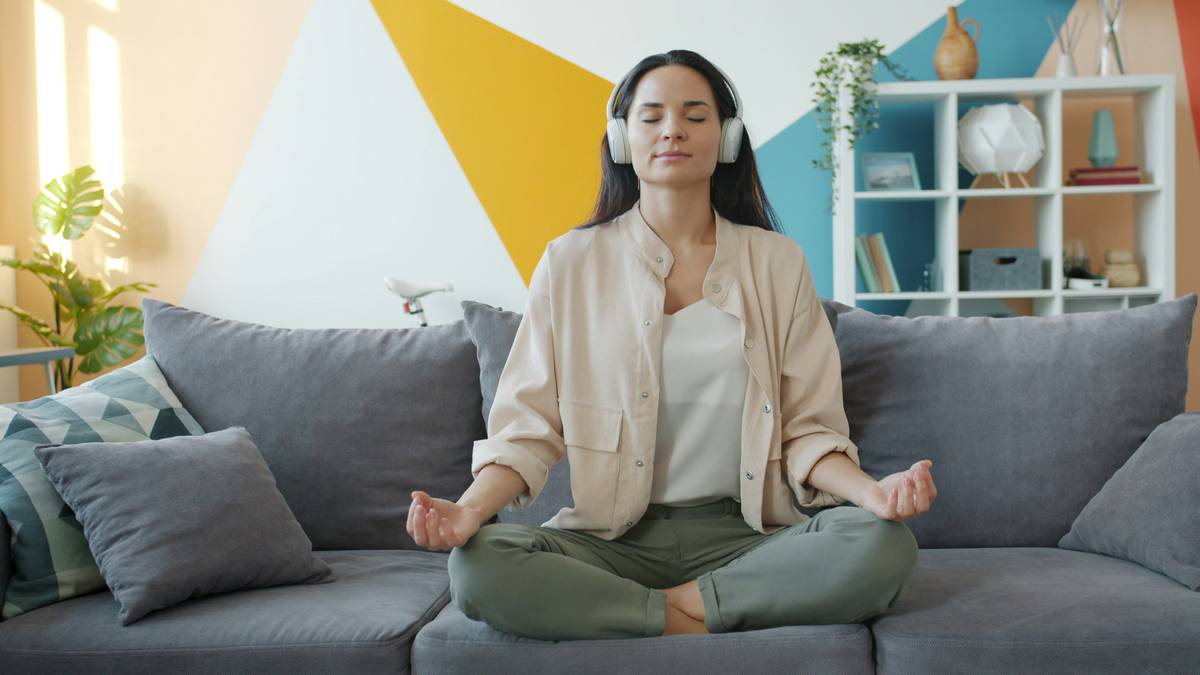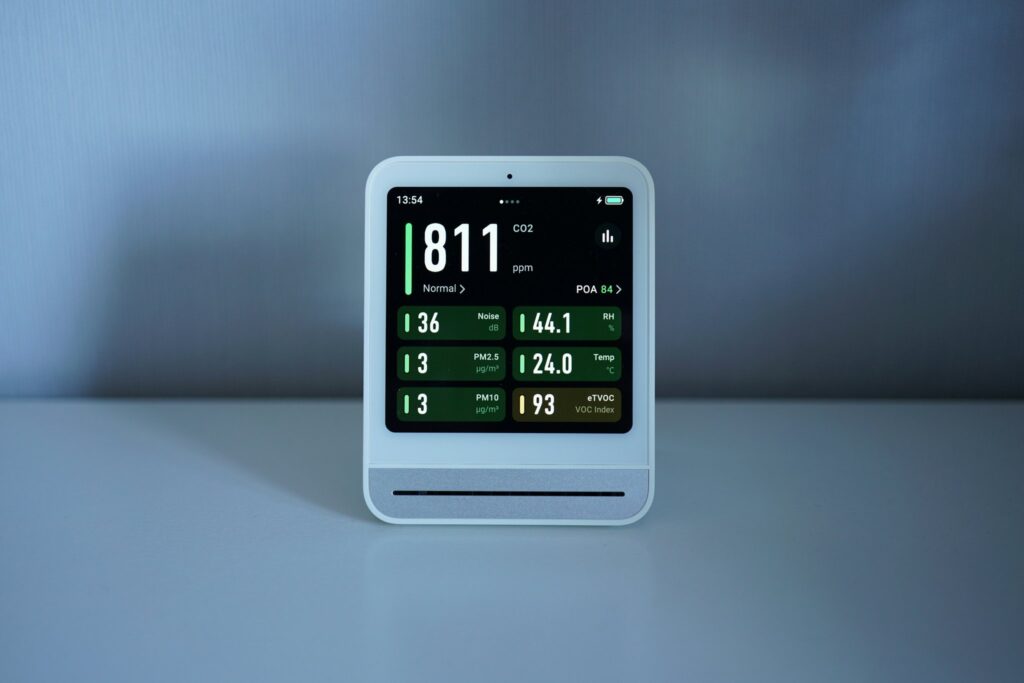Ever found yourself spiraling into stress overload, wishing you had a magic button to pause life for just five minutes? You’re not alone.
In today’s hyper-connected world, we are constantly bombarded with notifications, deadlines, and never-ending to-do lists. The good news is, there’s a way out. Enter the concept of a “time-out gadget”—your secret weapon in the battle against burnout. In this post, we’ll explore how technology can help us reclaim mindfulness, dive into some actionable steps for using time-out gadgets effectively, and provide tips on finding the perfect app tailored to your needs.
You’ll learn:
- What makes a “time-out gadget” so powerful.
- A step-by-step guide to incorporating these tools into your daily routine.
- The best stress management apps designed for mental wellness success.
Table of Contents
- Key Takeaways
- Why We Need Time-Out Gadgets
- Step-by-Step Guide to Using Your Time-Out Gadget
- Tips & Best Practices for Stress Management Apps
- Real Stories: How Others Are Winning at Stress Management
- Frequently Asked Questions About Time-Out Gadgets
Key Takeaways
- A time-out gadget refers to digital tools such as stress management apps that encourage short breaks for mindfulness or relaxation.
- These tools reduce cortisol levels, boost productivity, and improve overall mental well-being.
- To get results, consistency matters more than perfection—start small and build habits over time.
Why We All Need a Time-Out Gadget Right Now

Let me paint you a picture: It’s 2 PM, and you’ve been glued to your computer screen since breakfast. Your coffee cup sits empty beside you, and your inbox keeps pinging every few seconds. Sound familiar?
Here’s the hard truth: Chronic stress isn’t just annoying—it’s dangerous. According to the American Psychological Association, prolonged exposure to stress increases the risk of heart disease, depression, and anxiety disorders. And yet, many of us still struggle to prioritize self-care.
Confession time: I once tried meditating during an intense workday by closing my eyes…only to fall asleep mid-meeting because my body was screaming for rest. Not exactly what they mean by being present, right?
This is where a time-out gadget comes in—a lifeline disguised as tech. These aren’t gimmicks; they’re scientifically backed tools designed to interrupt negative patterns and restore balance. Whether it’s setting reminders to breathe deeply or guiding you through soothing exercises, these apps act like personal wellness coaches in your pocket.
Step-by-Step Guide to Harnessing Your Time-Out Gadget
Optimist You: “Alright, let’s do this!”
Grumpy You: “Only if it involves chocolate and zero effort.”
- Download an App That Speaks to YOU: With thousands of options, finding the right one feels overwhelming. Use trial periods wisely (most offer free plans!) until something clicks.
- Schedule Breaks Like Meetings: Treat your downtime seriously—block time on your calendar just like any other appointment.
- Start Small: Even two minutes per hour adds up. No need to go full monk mode from day one.
- Personalize Notifications: Set gentle reminders instead of loud alarms. For example, opt for soft chimes rather than sirens.
- Reflect Daily: Keep notes about what works and tweak accordingly. Think of yourself as a scientist testing hypotheses!
Tips & Best Practices for Maximizing Your Time-Out Gadget

If you really want to crush it with your stress game, follow these pro-level strategies:
- Mix Up Techniques: Don’t stick to one feature forever. Try breathing exercises one week, then switch to journaling prompts.
- Pick Portable Options: Download offline modes if available, especially useful when Wi-Fi is scarce.
- Make It Social: Share achievements with friends or join community challenges within the app.
- Terrible Tip Alert: Do NOT Multi-Task During Breaks! Yes, you might feel tempted—but trust me, scrolling Instagram while breathing doesn’t count as recovery.
Rant Corner: Why Multi-Tasked Relaxation Makes Me Want to Scream
It blows my mind how often people tell me they chill by playing Candy Crush simultaneously with mindfulness practices. WHAT?! If you’re dividing attention, you’re doing it wrong. Let go already!
Real Stories: How Others Have Used Their Time-Out Gadgets

Meet Sarah—a busy mom juggling remote work and homeschooling. Desperate for calm amidst chaos, she downloaded CalmifyPro™*, a popular stress management app. Within weeks, her cortisol levels dropped (per her Fitbit readings), and she reported feeling less irritable around bedtime.
Or take Mark, a software engineer prone to insomnia. By integrating Headspace+™* into his nightly routine, he shaved off unnecessary rumination hours, resulting in deeper sleep cycles—and clearer mornings.
*(Note: Names changed for privacy.)
Frequently Asked Questions About Time-Out Gadgets
Q: Are all stress management apps created equal?
Absolutely not. Look for ones offering evidence-based methods like cognitive behavioral therapy (CBT) techniques or guided meditations led by certified experts.
Q: Can kids benefit from using time-out gadgets?
Yes! Many apps now cater specifically to younger audiences with age-appropriate content like storytelling sessions tied to emotional regulation skills.
Q: Is it weird to use multiple time-out gadgets at once?
Not weird, but potentially counterproductive. Focus on quality over quantity.
Conclusion
We’ve covered why everyone should embrace a time-out gadget, walked through practical steps for implementation, shared insider tips, heard inspiring stories, and addressed FAQs. Hopefully, you’re walking away armed with knowledge—and maybe even excitement—to experiment with these digital helpers.
Remember: Building healthier routines takes patience and persistence. Just like Pac-Man chasing pellets, progress happens one power-up at a time.
“Pause. Breathe. Repeat.”
— Ancient Wisdom via Modern Tech
Bonus Haiku for Mental Wellness Warriors:
Five deep breaths a day Keep the panic beasts away Peace blooms, bit by bit.


